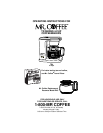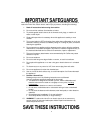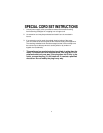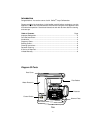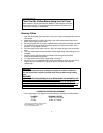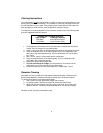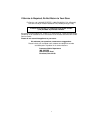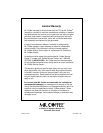
Cleaning Instructions
Your coffeemaker must be cleaned when you begin to notice excessive steaming or the
brewing time increases considerably. This condition is caused by a buildup of lime and
mineral deposits from your water. If the pumping action stops before all the water has
been pumped out of the machine, then the appliance requires cleaning.
The frequency of cleaning depends on the hardness of water used. The following table
gives the suggested cleaning intervals.
1. Fill the decanter to the bottom of the silver band with undiluted white household
vinegar. Pour the vinegar into your coffeemaker.
2. Place a 4-cup paper filter into the filter basket and slide the filter basket into place.
3. Place the empty decanter on the warming plate and turn the coffeemaker ON.
When three cups have flowed through, turn the coffeemaker OFF and let stand
for 1/2 hour.
4. After 1/2 hour, pour the vinegar back into the coffeemaker.
5. Place the empty decanter on the warming plate. Turn the coffeemaker ON
and let all of the vinegar flow through.
6. Discard the vinegar and the paper filter.
7. To flush out all traces of vinegar, pour a decanter full of tap water into the
coffeemaker, turn it ON, and allow it all to cycle through.
8. Discard the water and turn the coffeemaker OFF. Repeat steps 7 and 8.
Decanter Cleaning
Hard water can leave a whitish mineral deposit inside the decanter. Coffee and tea
discolor these deposits, sometimes leaving a brownish stain inside the decanter.
To remove these stains, follow these simple steps:
1. Use a solution of equal parts white vinegar and hot water.
2. Let solution stand in decanter for about 20 minutes and then discard.
3. Wash and rinse the decanter thoroughly using a soft cloth. Do not use harsh
abrasive cleaners. These may cause scratches which can lead to breakage.
Decanter and lid are top-rack dishwasher safe.
6
SUGGESTED CLEANING INTERVAL
Type of Water Cleaning Frequency
Soft Water every 80 brew cycles
Hard Water every 40 brew cycles



